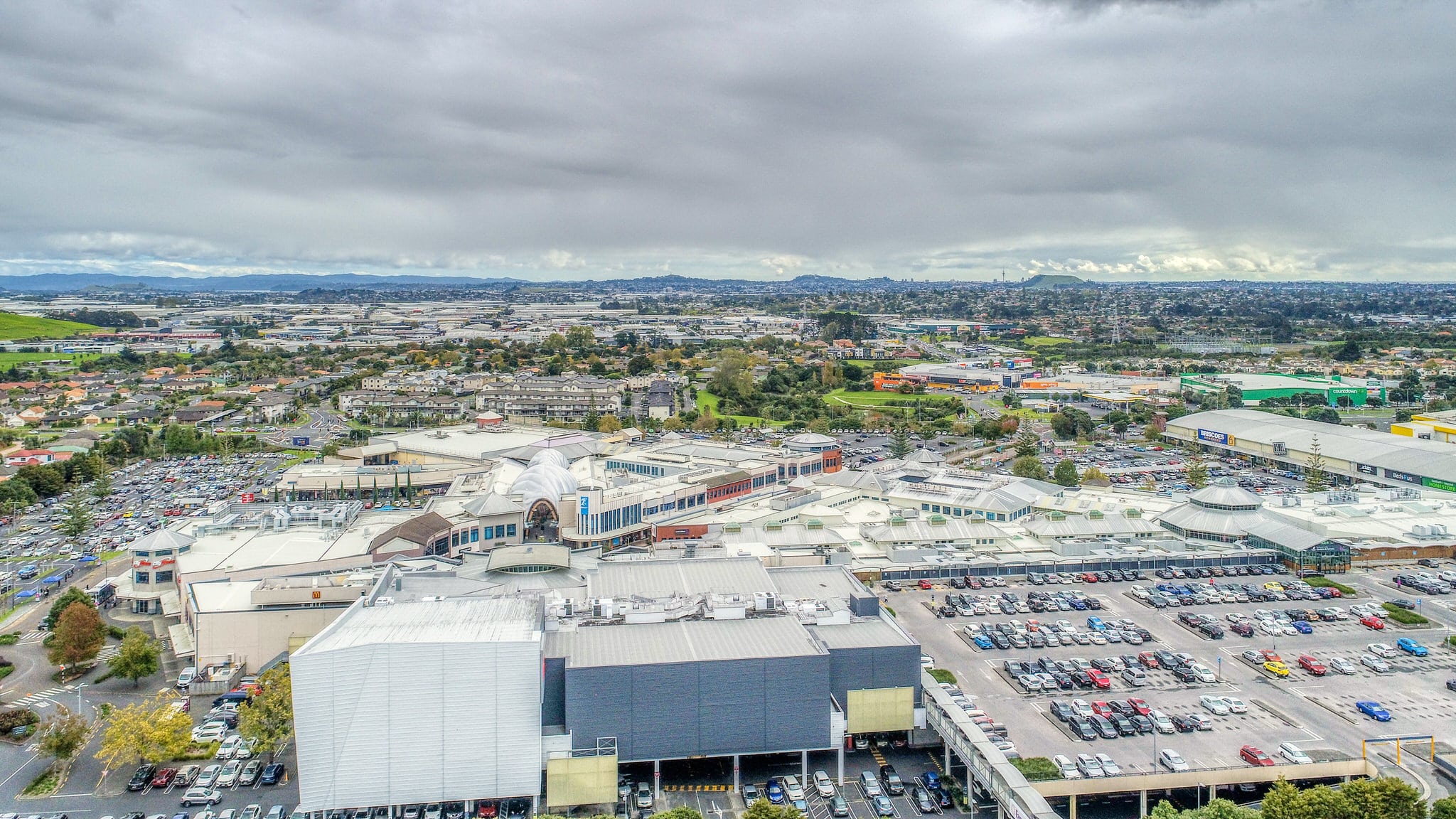The last time we updated you on property prices, registered valuer Gordon Edginton had good news for first homebuyers in the residential market. But what about the commercial property market? Here’s what Gordon had to say …
We all know the challenges facing New Zealand businesses following the pandemic: lockdowns, global supply chain disruptions, inflationary pressures, rapidly rising costs, interest rates, and shortages of labour, materials and consumer goods.
But despite the many related issues affecting the economy, the New Zealand property market has bounced back strongly, particularly in the favoured industrial sector.
The fact is demand for quality property with good lease fundamentals – like tenant strength, lease term, and location – remains sound.
There is a shift underway with the start of a tightening in the economy and yields have potentially reached the top of the current property cycle. Rising interest rates and inflation will put pressure on yields which may need to rise as the cost of debt will increase.
There’s clear differentiation in yield expectations
Both sales evidence and buyer sentiment show clear differentiation in typical yield expectations for the various classes of property:
- industrial investments 4.0%-6.0%
- retail property 4.5%-7.0%
- office investments 5.0%-7.0%.
Keep in mind these figures will vary depending on each property’s fundamentals and location.
Here’s what else we’re seeing in the market
- Weakening in secondary markets. Poorly located older property – particularly office and retail stock – remains more difficult to sell and yields are rising.
- Positive absorption of vacant industrial space across most areas of Auckland, as tenants commit to new leases, and sales to owner occupiers remain strong.
- Tight vacancy in the industrial sector, brought about by the low interest rates and lower costs of occupancy that is possible with owner occupation. Industrial vacancies have fallen by over 1.0% in most areas. Office and retail vacancies are mixed, with falls in some locations but rises in others.
- Strong performance of large format retail, as these centres are well patronised and seen as a defensive asset class.
- A shift to shorter lease terms giving more flexibility and a move away from CPI benchmarked rents.
Underpinning investor demand
- The perceived lack of alternative investment opportunities, along with regard for property as an effective inflation hedge, will help underpin investor demand.
- What’s more, overseas investors continue to support our market, and prime industrial and commercial assets remain sought after.
There are sectors at risk though
- The office and retail sectors are more at risk in the current climate and have seen the greatest increase in vacancies due to changes in working and shopping habits. Hospitality assets, cafes and the like have been affected from the fall in foot traffic and reduced patronage.
- Secondary office space is the most vulnerable of all, and it is where extended vacancy and downward rental pressure is expected.
In summary
Assets that provide income stability, growth, and certainty will remain more resilient to the slowdown and market contraction; those that don’t will experience higher discounting.


